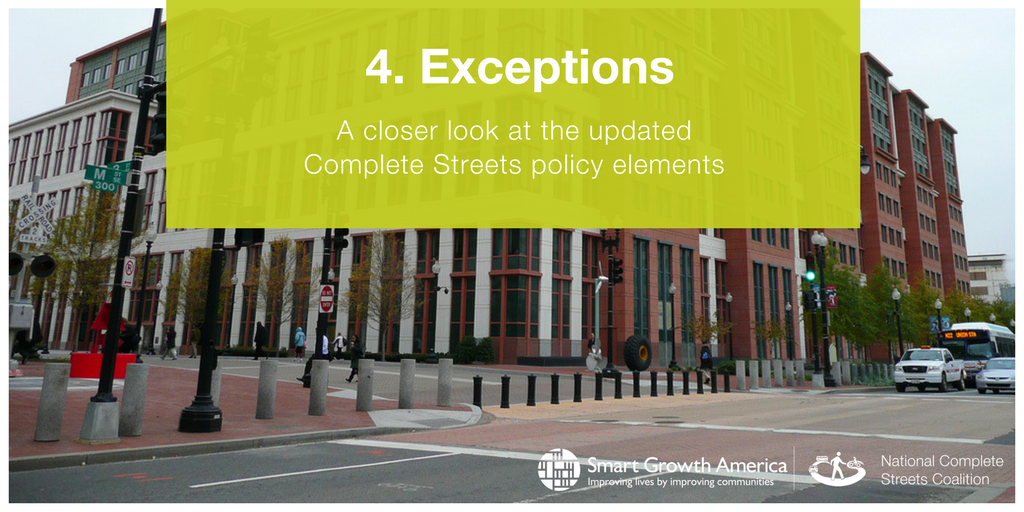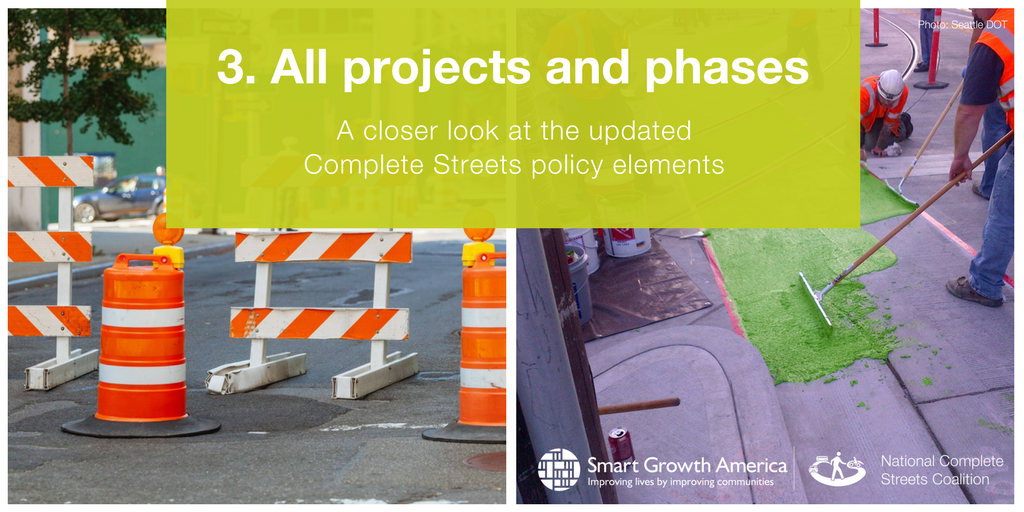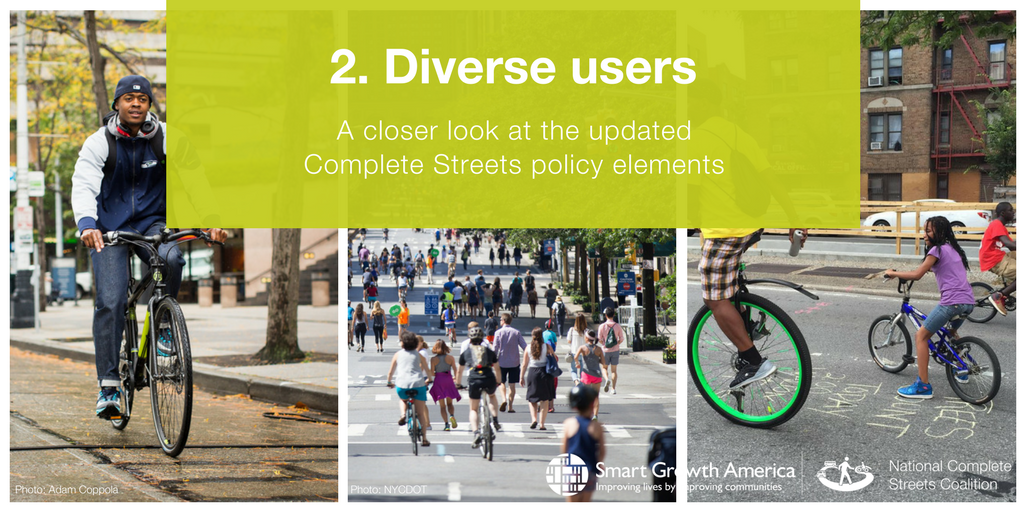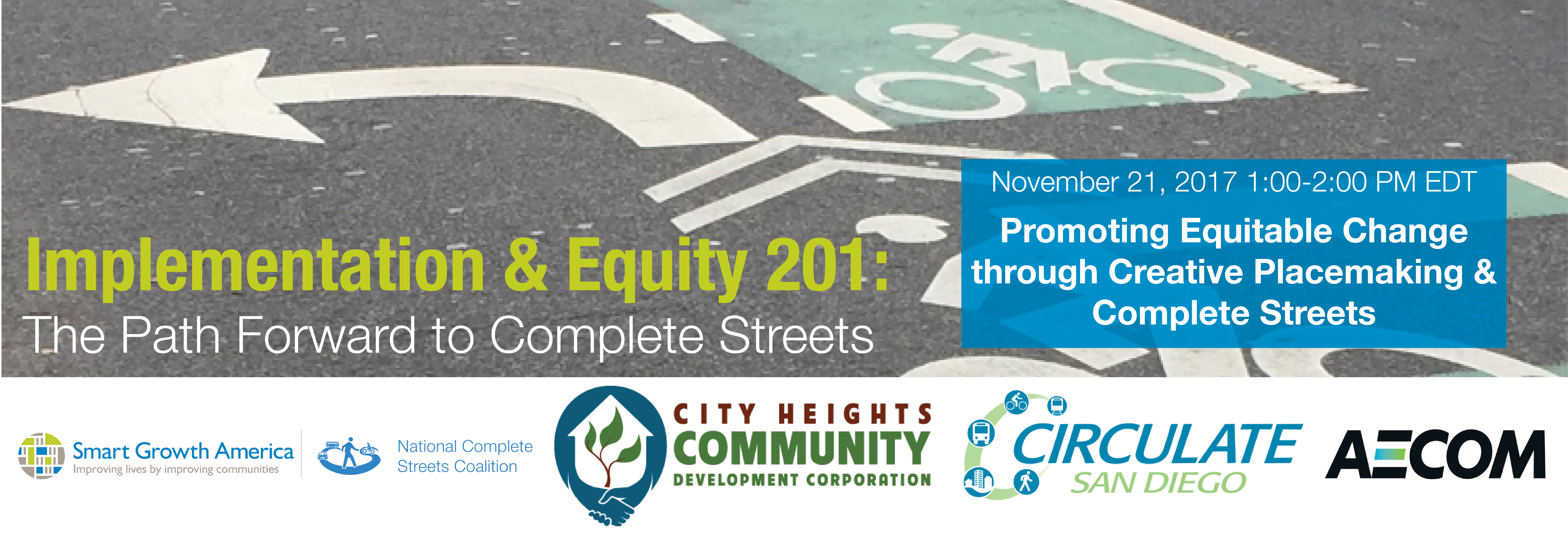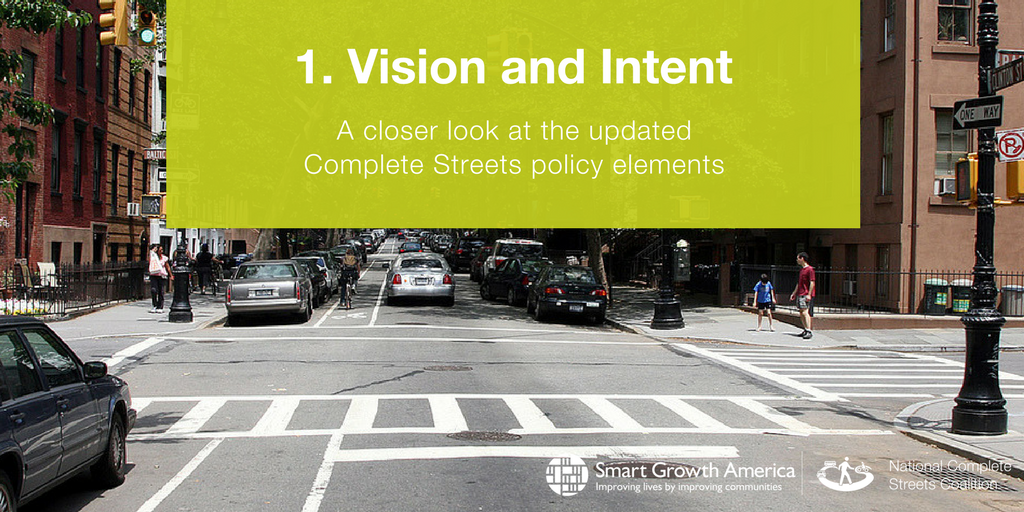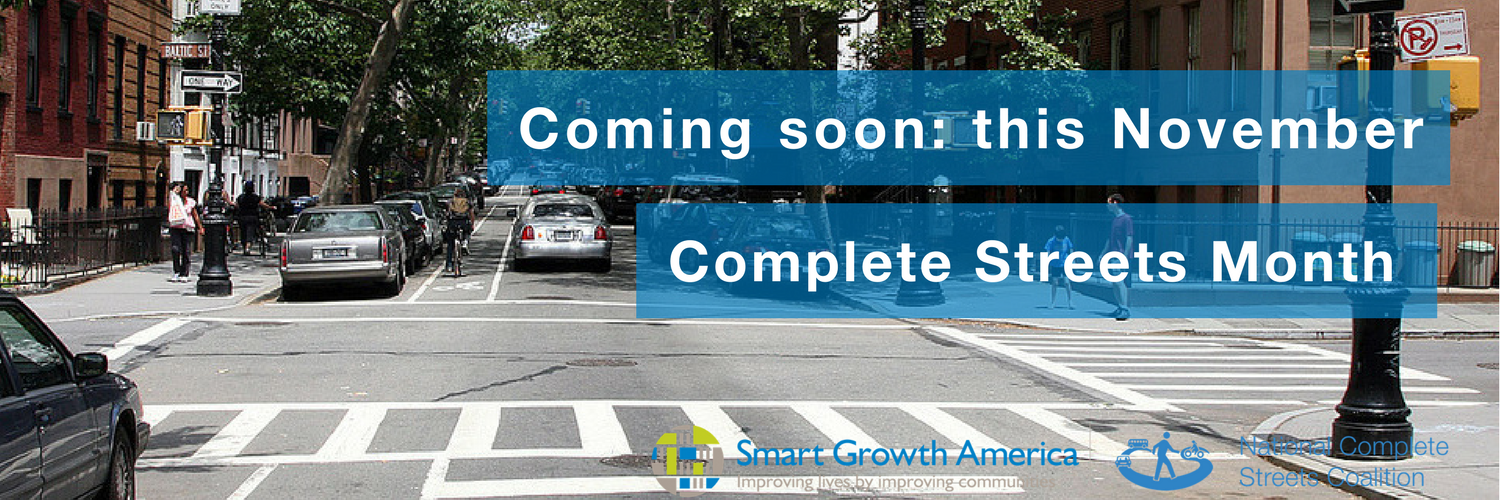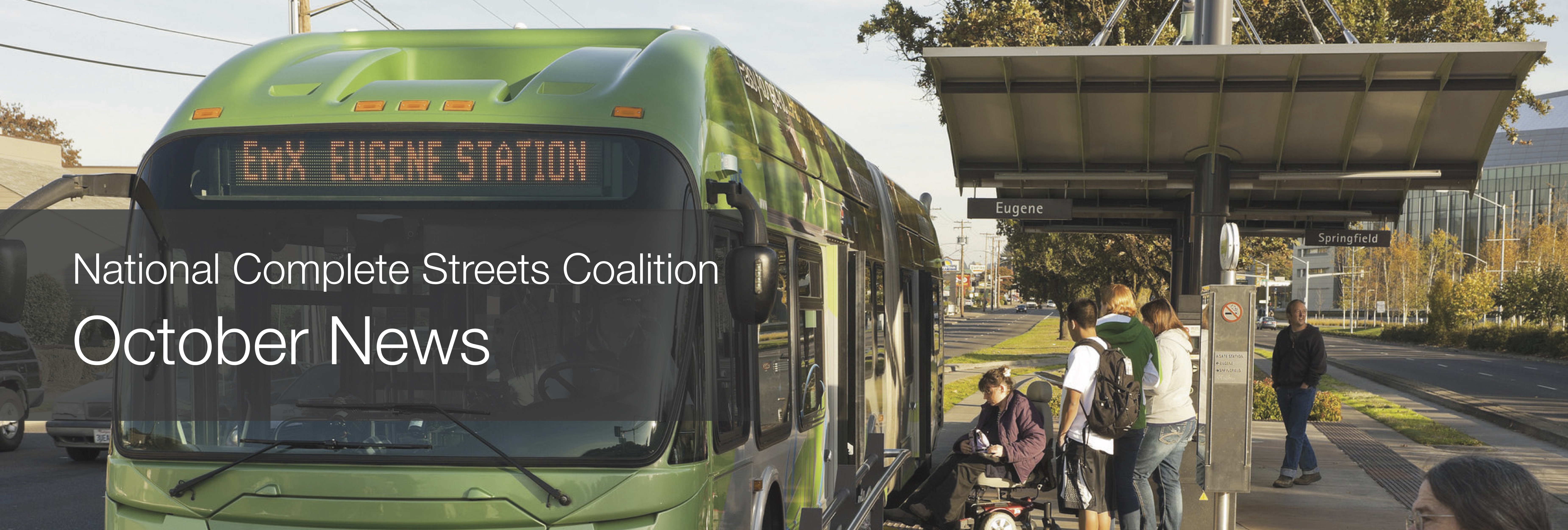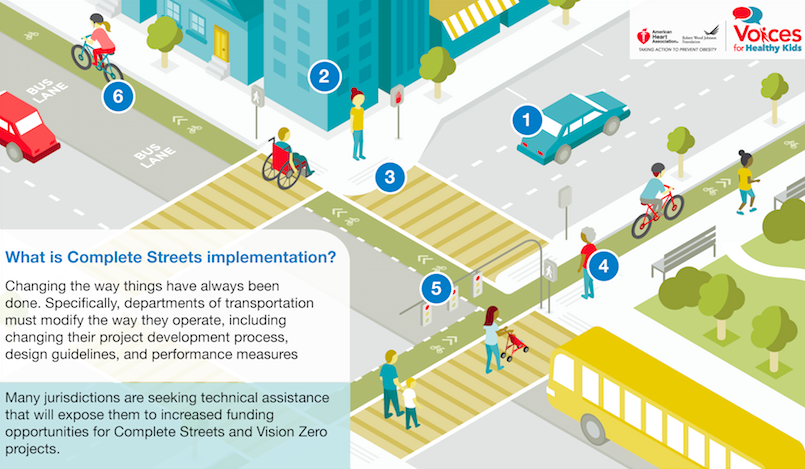Policy #5: Jurisdictions should coordinate with other agencies to create a Complete Streets network
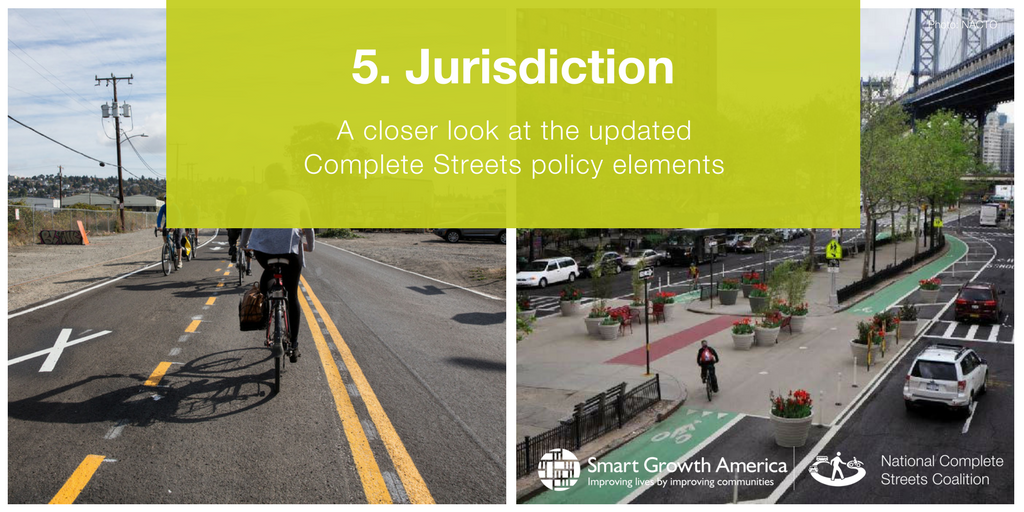
The jurisdiction element addresses how agencies who may be responsible for building or maintaining roads can require outside parties to comply with the Complete Streets policy. Creating a Complete Streets network requires interagency coordination between government departments and partner agencies. We spoke to Byron Rushing, one of our Steering Committee members from the Association of Pedestrian and Bicycle Professionals who shared his insight on why this element is crucial in Complete Streets policies.
